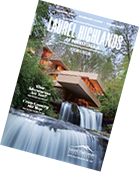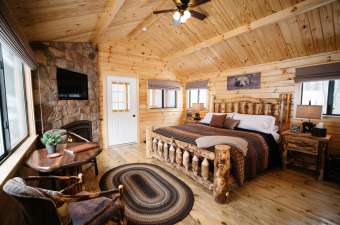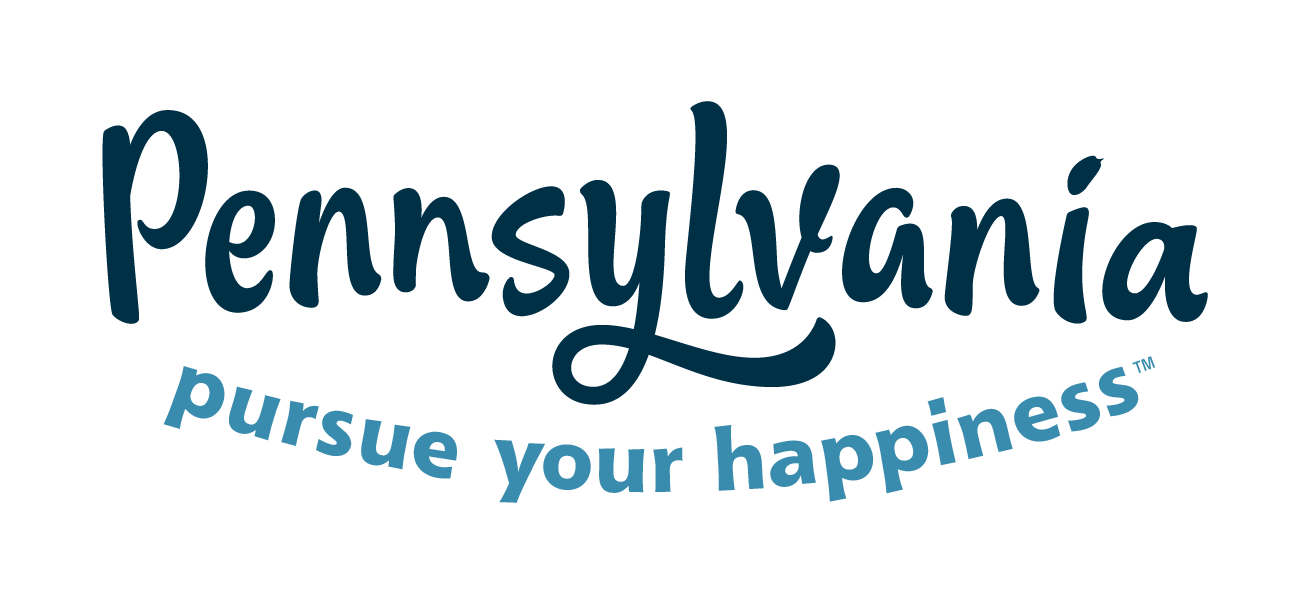Tribune Review: by Shirley McMarlin
As the new director of the Mt. Pleasant Glass Museum, Amy Philips-Haller of Scott brings a variety of professional experiences and personal interests to the table. The California University of Pennsylvania communications grad has worked in radio, television and print media locally and in Atlanta, a background she hopes to use in attracting new visitors and supporters to the museum. She also is fascinated by history and genealogy — small wonder, since her roots in the area go back to the 1700s.
Question: How long have you been at the museum?
Answer: I started in mid-April.
Q: How does your back‑ ground tie in to your work?
A: I love history, and my genealogy is embedded in Southwestern Pennsylvania for over 200 years, so I've always wanted to take my work experiences and combine them with my interests and do something purposeful and meaningful.
Q: What is your main focus so far?
A: One of the struggles I've observed is keeping historical preservation efforts relevant to younger generations. One of my strengths is having a communications background and being a student of it. It's not my knowledge of glass, it's my understanding that we have to make this museum relevant to make it last.
Q: How so?
A: It's not enough anymore to print or distribute material through the mail. We have to think from a digital perspective and the mini-languages that introduces, like Snapchat and social media. If we don't speak to young people in their language, they no longer hear us. Speaking in cyber terms is a way to stay relevant. What's beautiful about Facebook and other social media is that you can quickly understand what your demographic appreciates.
Q: How does that apply at the museum?
A: Historically, glass used to be more relevant to our everyday lifestyles. It was on our dinner tables, part of our entertaining, the headlights on our cars. Then as plastic was introduced, that changed. But now the younger generation is returning to that organic lifestyle and wanting to remove plastic from their lives and reintroduce glass.
Q: What's new thus far in your tenure?
A: I have Pandora on my iPod which plays old 1930s radio broadcasts, and we're using that in the factory worker display. I'd like to produce little oral history snippets to run with some of the exhibits as a new way to speak to a younger generation. If it tells 20-somethings to come here and volunteer and produce videos, they'll eat that up.
A simple example of what I've done is to create an upcycle exhibit. The younger generation is very into recycling and having a simpler lifestyle. Upcycle is recycling old things into fun and new concepts. For example, we have old L.E. Smith vases sitting on a mirror for storing jewelry and a little L.E. Smith soap dish for storing rings.
Q: What are your plans going forward?
A: The website is the main priority, blogging and that sort of thing. Our goals include using Pinterest, which is very relevant to our demographic, and Twitter.
Q: Back to genealogy — do you have any famous ancestors?
A: My favorite ancestor was a man named the Rev. David Philips. Rev. David was a well-known preacher for over 40 years in Southwestern Pennsylvania, from the 1780s until he died in 1829. He was one of the voters in the assembly against the whiskey tax. When the insurrection went down and they burned down (tax inspector John) Neville's house, family legend says David stood on a stump and said, “There's a law greater than this and that's of God, and we can't do this.” Everybody was like, “Too bad,” and they did it anyhow.
Two of his sons and one uncle all made whiskey and, when it was all over, they moved to Tennessee so they could keep making whiskey.








